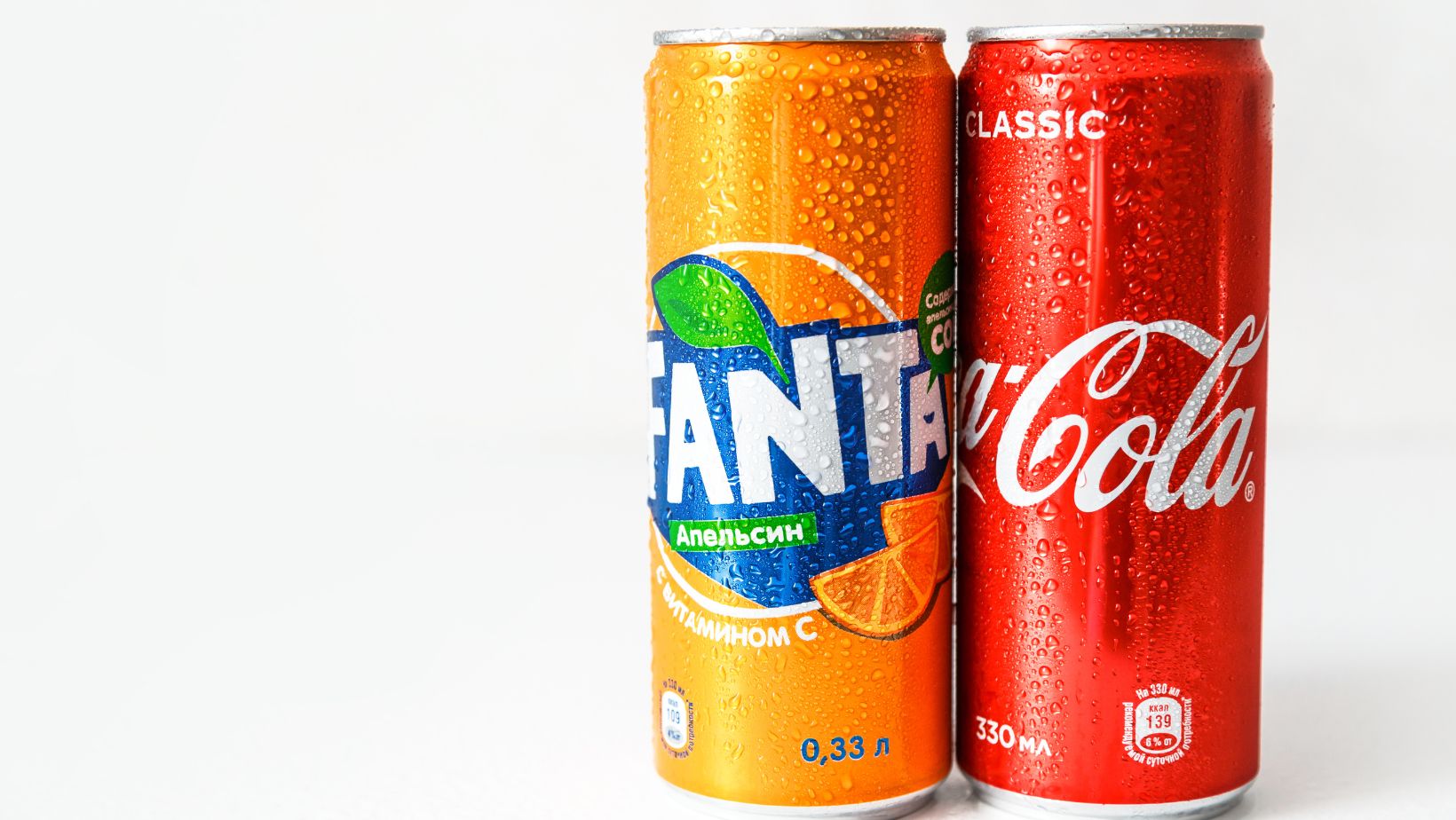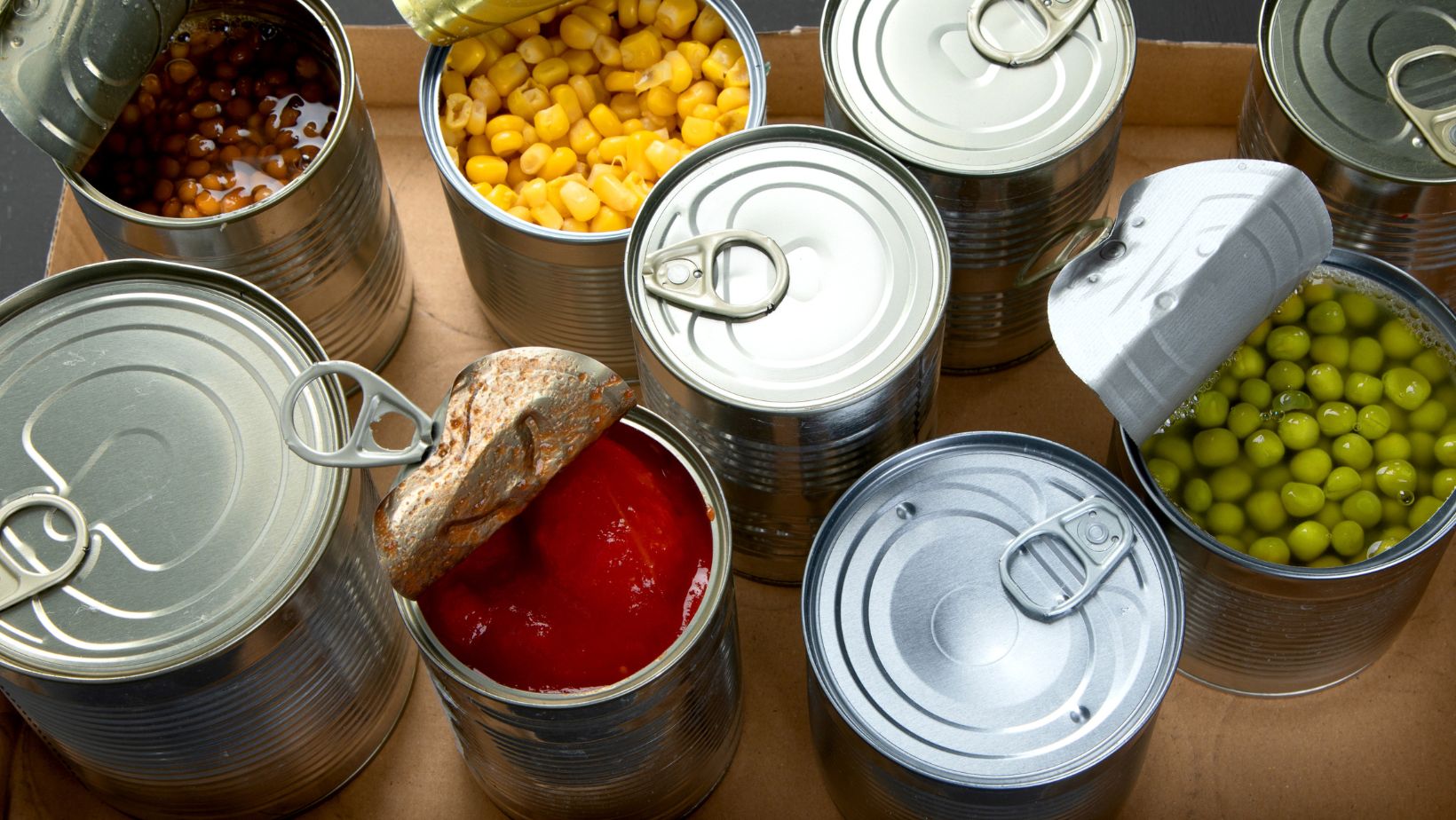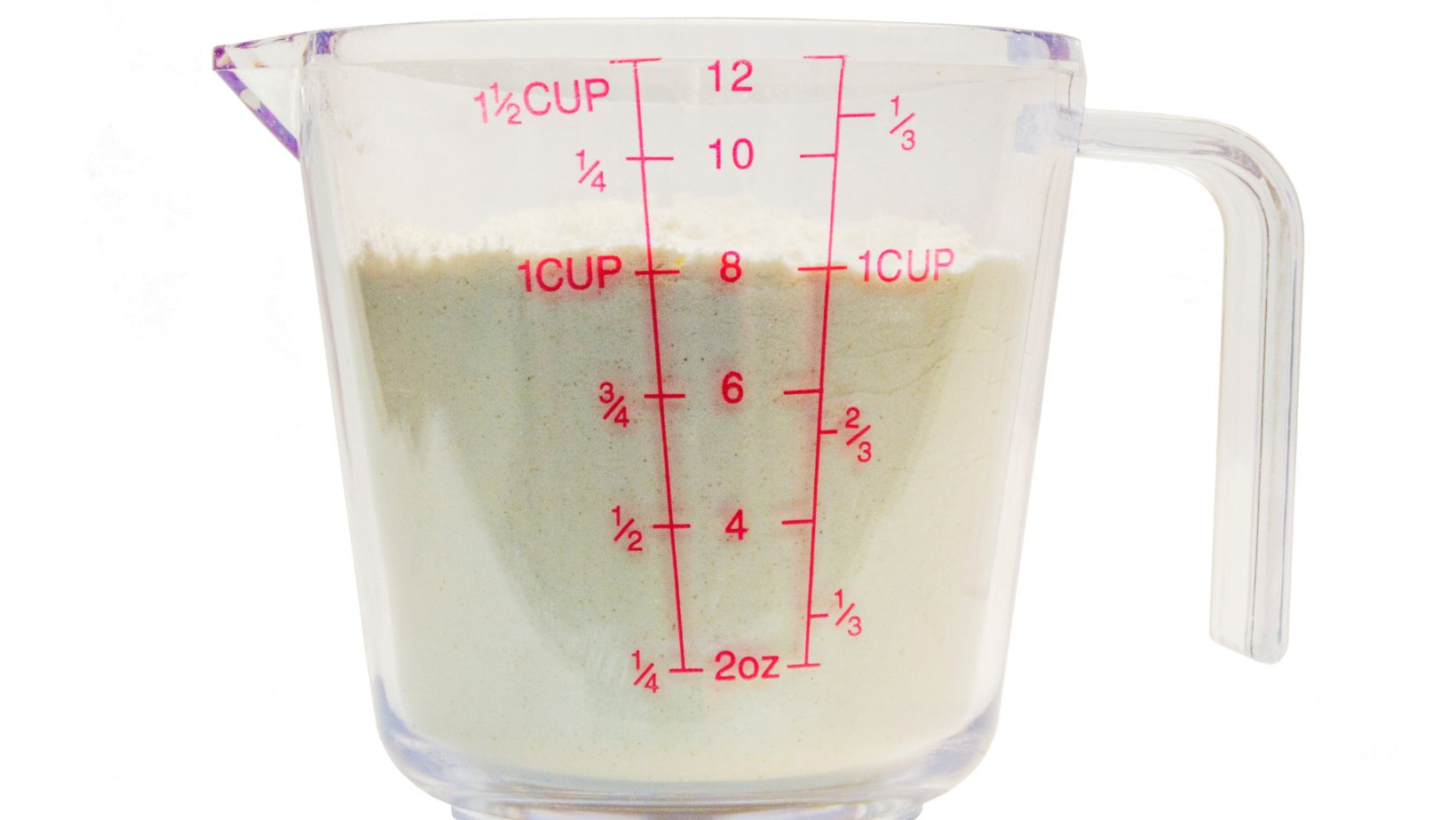How Many ml in a Can: A Quick Guide to Liquid Measurements

How Many ml in a Can
Have you ever wondered how many milliliters are in a can? Whether you’re a home cook, a bartender, or just someone who enjoys a refreshing beverage, knowing the volume of liquid in a standard can is useful information. In this article, I’ll provide you with the answer and delve into some interesting facts about cans and their contents.
The most common size for beverage cans is 12 fluid ounces (355 milliliters). This standard volume has been adopted by many manufacturers worldwide. However, it’s important to note that not all cans have the same capacity. Some energy drinks and specialty beverages come in smaller sizes like 8 ounces (237 milliliters), while larger beer cans can hold up to 16 or even 24 fluid ounces (473 or 710 milliliters) of liquid.
Understanding how many milliliters are in a can is not only helpful for cooking and mixology purposes but also when keeping track of your daily fluid intake. So whether you’re preparing a recipe that calls for “one can” or simply trying to stay hydrated, knowing the precise volume will ensure accurate measurements and help you make informed choices. Stay tuned as we explore more about different types of cans and their contents throughout this article.
Remember, if you ever find yourself questioning the ml measurement of a standard can, rest assured that the most common size is 355 milliliters (or approximately 12 fluid ounces). Understanding these measurements will enable you to confidently navigate recipes and keep track of your beverage consumption with ease. Let’s dive deeper into this topic together!

Understanding the Volume of a Can
When it comes to cans, understanding their volume can be quite perplexing. But fear not, I’m here to shed some light on this subject. Let’s dive in!
Cans come in various shapes and sizes, each with its own unique volume. The most common type of can is the cylindrical one, often used for beverages and food items. These cylindrical cans have a standard shape that makes it easier to calculate their volume.
To understand the volume of a can, we need to look at two key measurements: the height and the diameter. The height refers to how tall the can is from top to bottom, while the diameter represents the width across its circular opening.
To calculate the volume of a cylindrical can, we use a simple formula:
Volume = π * (radius)^2 * height
Here’s an example: let’s say we have a can with a diameter of 6 cm and a height of 12 cm. To find its volume, we first need to determine the radius by dividing the diameter by 2:
Radius = Diameter / 2 = 6 cm / 2 = 3 cm
Now we plug these values into our formula:
Volume = π * (3 cm)^2 * 12 cm ≈ 339.29 cubic centimeters
So, in this case, our can has a volume of approximately 339.29 cubic centimeters.
It’s important to note that different types of cans may have varying volumes even if they appear similar in size. This is due to differences in shape or thickness of materials used in manufacturing.
In addition to cylindrical cans, there are also rectangular and irregularly shaped cans available on the market. Calculating their volumes requires different formulas depending on their specific dimensions.




